In an era where digital transformation is accelerating across industries, securing user identities and access to systems has become a top priority. Organizations are increasingly adopting advanced authentication methods to protect sensitive data, streamline user experience, and comply with regulatory standards. Two of the most widely implemented products in this domain are SSO products and MFA products.
While both SSO and MFA aim to enhance security, they serve different purposes and offer distinct advantages. This blog explores the difference between SSO and MFA, their individual strengths, and how combining them can create a powerful layered security framework.
This blog explores the core concepts of SSO and MFA, compares their strengths and limitations, and demonstrates how combining them can deliver both convenience and protection.
What is Single Sign-On?
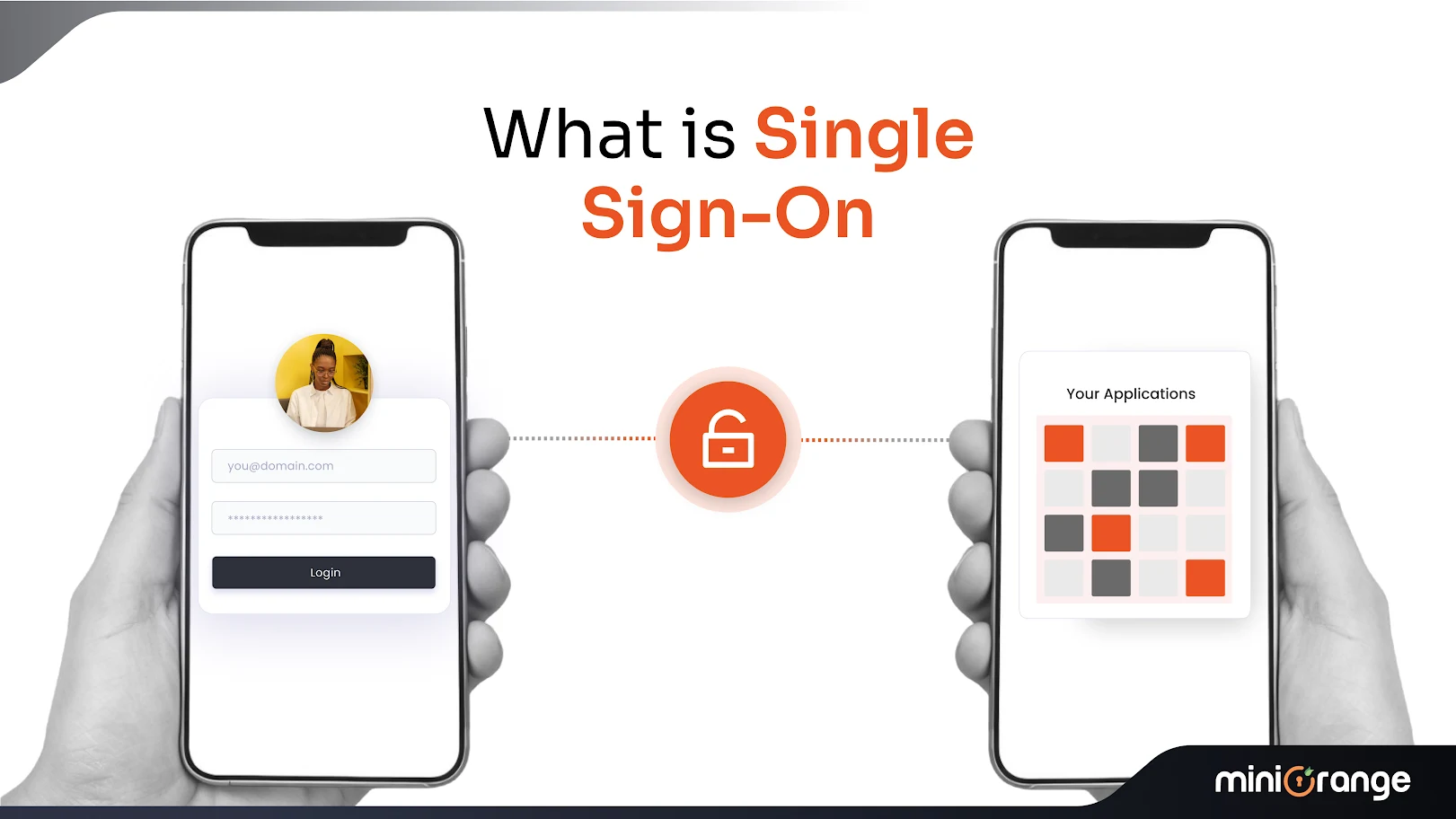
Single Sign-On (SSO) is an authentication solution that allows users to access multiple applications and services with a single set of credentials. Instead of remembering dozens of usernames and passwords for different platforms, users can log in once and gain access to all authorized applications within their organization's ecosystem.
SSO works by establishing a trusted relationship between an identity provider (IdP) and various service providers (SPs). When a user authenticates with the identity provider, they receive a security token that grants them access to connected applications without requiring additional login credentials.
Key Benefits of SSO
- Seamless access allows users to navigate between applications effortlessly, improving productivity and user experience
- Enhanced password security through centralized credential management and stronger password policy enforcement
- Simplified user provisioning and deprovisioning with centralized access management from a single dashboard
- Detailed audit trails for monitoring access patterns and compliance requirements
- Reduced password fatigue eliminates the frustration of constantly entering credentials across multiple platforms
- Cost savings through reduced IT support tickets and improved administrative efficiency
SSO Limitations
While SSO offers numerous advantages, it's important to understand its limitations. Single-factor authentication through SSO creates a single point of failure. If the SSO credentials are compromised, attackers potentially gain access to all connected applications. This vulnerability highlights why many organizations are moving beyond basic SSO implementations.
What is Multi-Factor Authentication?
Multi-Factor Authentication (MFA) is a security method that requires users to provide two or more verification factors to gain access to an application or system. These factors typically fall into three categories:
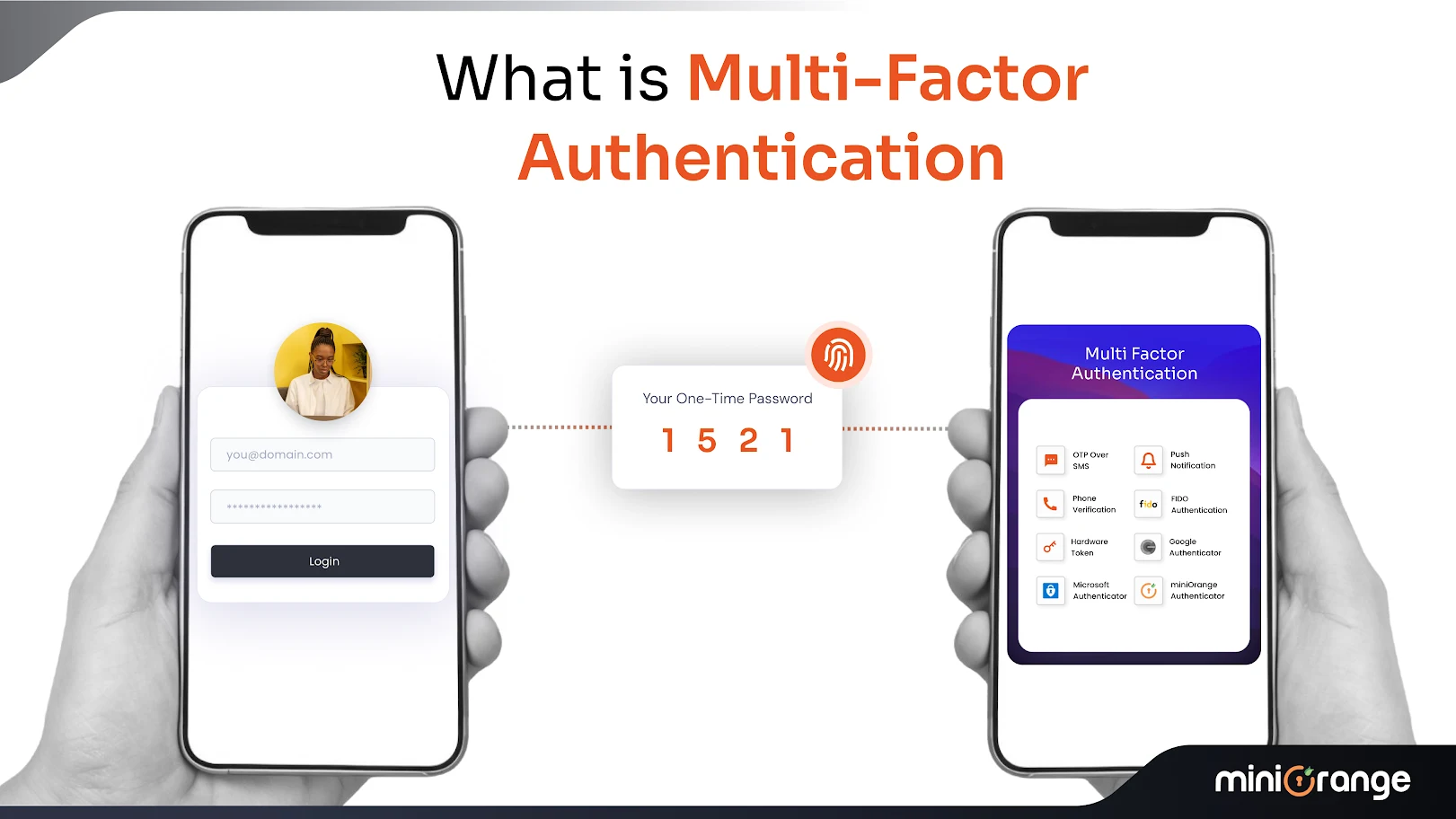
1. Something you know (knowledge factor): Passwords, PINs, or security questions
2. Something you have (possession factor): Smartphones, hardware tokens, or smart cards
3. Something you are (inherent factor): Biometric data like fingerprints, face recognition, or voice patterns
Discover the power of Multi-Factor Authentication
How MFA Enhances Security?
The importance of MFA implementations lies in the crucial security layers that protect against various attack vectors. Even if a password is compromised through phishing, data breaches, or other methods, attackers would still need access to the additional authentication factors to gain system access.
The effectiveness of MFA lies in its ability to address the weaknesses of password-only authentication. Passwords can be guessed, stolen, or cracked, but requiring additional verification factors significantly increases the security barrier for potential attackers.
Types of MFA Methods
Modern MFA solutions offer various authentication options. The most prominent MFA types include:
- SMS and voice calls: Users receive verification codes via text message or phone call
- Authenticator apps: Time-based one-time passwords (TOTP) generated by mobile applications
- Hardware tokens: Physical devices that generate or store authentication codes
- Biometric authentication: Fingerprint scanners, facial recognition, or voice verification
- Push notifications: Mobile app notifications that users approve or deny
SSO and MFA for Advanced Protection
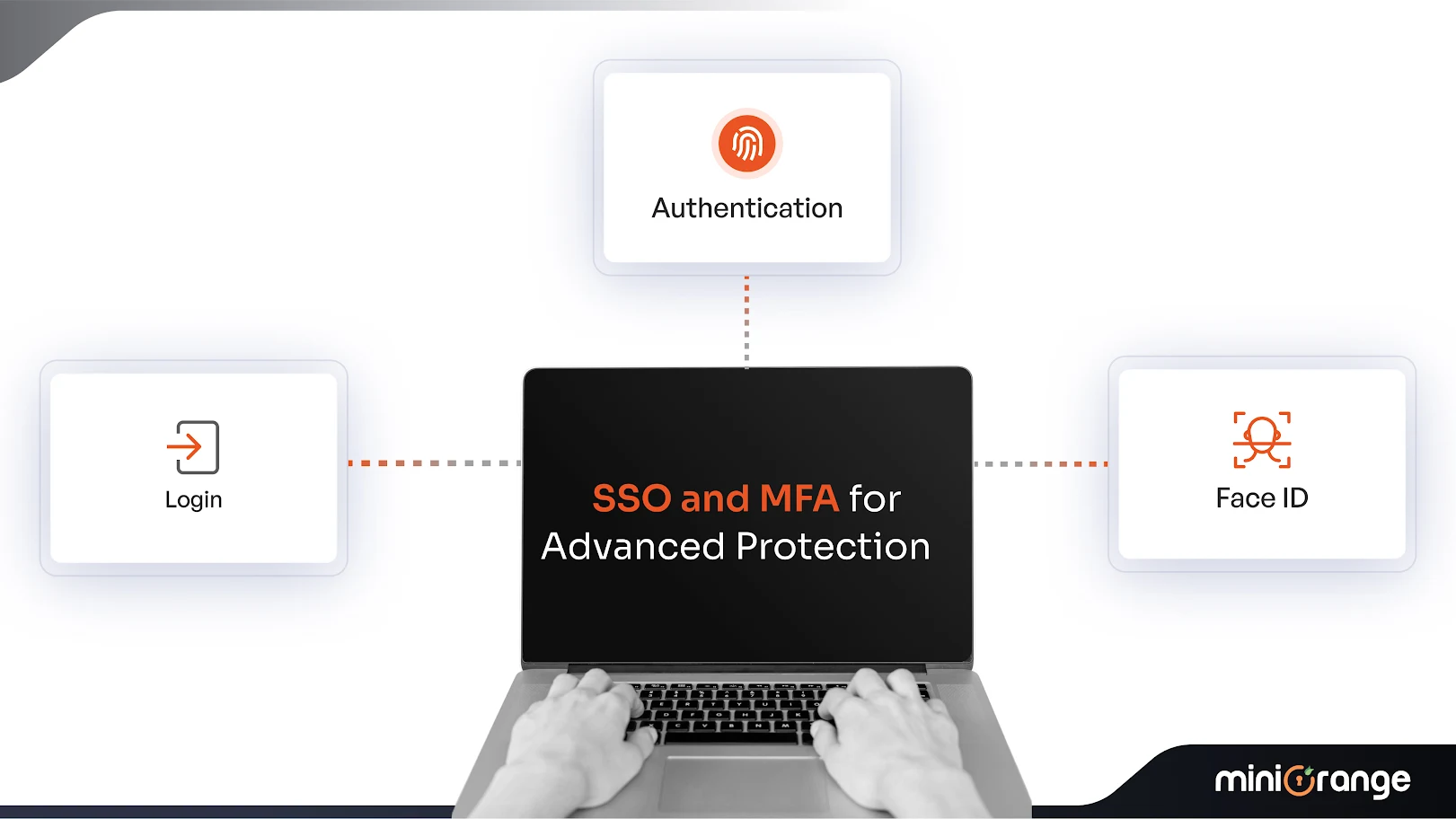
The most effective approach to modern authentication involves combining both technologies. SSO and multi-factor authentication create a powerful security framework that delivers both convenience and robust protection.
Implementing Layered Security
Layered security approaches recognize that no single security measure is foolproof. By combining SSO and MFA, organizations create multiple defensive barriers:
1. First Layer: SSO provides centralized authentication and access management
2. Second Layer: MFA adds additional verification requirements
3. Third Layer: Continuous monitoring and risk-based authentication
This multi-layered approach ensures that users enjoy seamless access to applications while maintaining high security standards.
How SSO Facilitates Secure Password Sharing?
One common misconception is that SSO facilitates the secure sharing of user passwords. While SSO doesn't technically involve password sharing, it does enable secure credential management by centralizing authentication. Users don't share passwords with individual applications; instead, the SSO system manages secure token exchange between the identity provider and service providers.
This token-based approach means that applications never receive or store user passwords, reducing the risk of credential exposure during data breaches.
SSO vs MFA: Detailed Comparative Table
| Aspect | Single Sign-On (SSO) | Multi-Factor Authentication (MFA) |
|---|---|---|
| Primary Objective | Simplify user access across multiple applications with one login | Strengthen authentication by requiring multiple verification factors |
| Authentication Method | One set of credentials used to access multiple systems | Two or more factors: password + device, biometric, or token |
| Security Focus | Centralized identity management; vulnerable if primary credentials are compromised | Defense against credential theft, phishing, and brute-force attacks |
| User Experience | High convenience; fewer login prompts | Slightly more friction; additional steps required for access |
| Compliance Support | Helps with audit trails and centralized access logs | Often mandatory for compliance (e.g., GDPR, HIPAA, PCI-DSS) |
| Best Use Case | Enterprises with multiple interconnected applications | Organizations handling sensitive data or operating in high-risk environments |
| Integration Potential | Can be combined with MFA for enhanced security | Can be layered onto SSO for hybrid authentication |
| Threat Mitigation | Limited protection against phishing and credential theft | Strong protection against phishing, social engineering, and unauthorized access |
| Scalability | Highly scalable across enterprise environments | Scalable but may require user training and device provisioning |
| Examples of Use | Logging into Microsoft 365, Google Workspace, and Salesforce with one credential | Logging into banking apps with password + OTP or biometric verification |
| Common Protocols | SAML, OAuth 2.0, OpenID Connect | TOTP, HOTP, SMS codes, push notifications, biometrics |
| Deployment Time | Faster deployment in environments with standardized apps | May take longer due to device enrollment and user onboarding |
Use Case Scenarios of SSO and MFA
Choosing between Single Sign-On (SSO), Multi-Factor Authentication (MFA), or a combination of both depends on the specific needs, risks, and operational priorities of an organization. Below is a deeper look into when each approach is most appropriate.
When to Use MFA?
Multi-Factor Authentication is best suited for environments where security is paramount and the consequences of unauthorized access are severe. MFA adds a second (or third) layer of verification, making it significantly harder for attackers to compromise accounts, even if passwords are stolen.
1. Applications Handling Sensitive Personal or Financial Data
In sectors like banking, insurance, healthcare, and e-commerce, applications often store or process highly sensitive information such as: Credit card numbers
- Social Security or Aadhaar numbers
- Medical records
- Personal identifiable information (PII)
In these contexts, relying solely on single-factor authentication (e.g., passwords) is inadequate. MFA ensures that even if a password is compromised, unauthorized access is blocked by requiring a second factor, such as a biometric scan or a one-time passcode.
Example: A customer logging into their online banking portal must enter their password and then verify their identity using a mobile authenticator app or SMS code.
2. Environments with Strict Compliance Requirements
Regulatory frameworks like:
- HIPAA (Health Insurance Portability and Accountability Act)
- GDPR (General Data Protection Regulation)
- PCI-DSS (Payment Card Industry Data Security Standard)
mandate strong access controls to protect sensitive data. MFA is often a required or recommended control under these regulations.
Example: A hospital’s electronic health record (EHR) system requires doctors to authenticate using both a password and a fingerprint scan to access patient data.
3. Situations Where Password Reuse Is Common
Many users reuse passwords across multiple platforms, increasing vulnerability to credential stuffing attacks. MFA mitigates this risk by adding a second layer of defense, even if the reused password is exposed in a breach elsewhere.
Example: An employee uses the same password for their work email and a social media account. If the social media platform is breached, MFA ensures the work email remains protected.
When to Use SSO?
Single Sign-On is ideal for organizations that prioritize efficiency, user experience, and centralized identity management. It allows users to authenticate once and gain access to multiple applications without repeated logins.
1. Organizations with Multiple Interconnected Applications
In modern workplaces, employees often use a suite of tools like email, CRM, HR portals, project management platforms, and more. SSO simplifies access by allowing users to log in once and seamlessly navigate between systems.
Example: A marketing team uses Google Workspace, Salesforce, Slack, and Asana. With SSO, they log in once and access all tools without re-entering credentials.
2. Teams Requiring Fast and Unified Access
Time-sensitive roles, such as customer support, sales, or field operations, benefit from quick access to tools. SSO reduces login friction and improves productivity.
Example: A customer support agent needs to switch rapidly between ticketing software, knowledge bases, and CRM systems. SSO enables an uninterrupted workflow.
3. Enterprises Aiming to Reduce IT Support Costs
Password-related issues (e.g., forgotten passwords, lockouts) are among the most common help desk requests. SSO reduces the number of credentials users must remember, thereby lowering support costs and improving operational efficiency.
Example: An enterprise with 5,000 employees sees a 40% drop in password reset tickets after implementing SSO across its internal systems.
When to Combine Both?
The most secure and scalable approach often involves combining SSO and MFA. This hybrid model delivers both seamless access and strong authentication, aligning with the principles of layered security.
1. Large Enterprises with Complex IT Infrastructures
Enterprises with diverse systems, multiple departments, and global operations need both centralized access and robust security. SSO streamlines access across platforms, while MFA ensures that only verified users gain entry.
Example: A multinational corporation uses SSO to unify access to its ERP, HR, and collaboration tools, while enforcing MFA for high-risk operations like payroll processing or executive dashboards.
2. Government Agencies and Healthcare Providers
These sectors handle highly sensitive data and are frequent targets of cyberattacks. They must balance usability for employees with stringent security protocols.
Example: A government employee logs into a secure portal using SSO, but must verify identity with a smart card or biometric scan before accessing classified documents.
3. Any Organization Seeking Layered Security Without Compromising Usability
Combining MFA and single sign-on allows organizations to maintain a smooth user experience while defending against modern threats. It’s particularly effective in environments where both convenience and security are critical.
Example: A tech startup enables SSO for its development and collaboration tools, but requires MFA for accessing source code repositories and production environments.
miniOrange for Unified Security
miniOrange provides organizations with a comprehensive IAM solution that simplifies access control, strengthens authentication, and scales effortlessly across cloud and on-prem environments. If you're managing employees, partners, or customers, miniOrange ensures secure, unified identity management from login to lifecycle.
With enterprise-grade Single Sign-On (SSO), users can access multiple applications using one set of credentials, even for your in-house apps. Multi-Factor Authentication (MFA) adds an extra layer of protection with 15+ authentication methods for your devices, systems, and apps.
To evaluate how miniOrange fits your environment, you can try a free trial or contact us to connect with our IAM specialists for a tailored consultation.
Conclusion
The debate over single sign-on vs MFA is not about choosing one over the other. Instead, it’s about understanding how each technology contributes to a broader security strategy and context-based authentication. SSO simplifies access and improves user experience, while MFA strengthens authentication and protects against threats.
By adopting both SSO and MFA, organizations can build a resilient and user-friendly authentication framework that supports growth, innovation, and trust. In today’s digital world, layered security is not just a best practice; it’s a necessity.
FAQs
Can you have an SSO without MFA?
Yes, Single Sign-On (SSO) can function without Multi-Factor Authentication (MFA). However, adding MFA significantly enhances security by requiring additional verification beyond just a password.
Is two-factor authentication the same as SSO?
No, they serve different purposes. Two-factor authentication (2FA) strengthens login security, while SSO simplifies access by allowing users to log in once for multiple applications.
Does SSO cover MFA?
SSO and MFA are separate but complementary. SSO handles unified access, while MFA adds an extra layer of identity verification. Together, they balance convenience and security.
How do MFA and SSO work together?
MFA verifies a user’s identity before granting SSO access. Once authenticated, users can securely access multiple apps without repeated logins—streamlining experience and reducing risk.
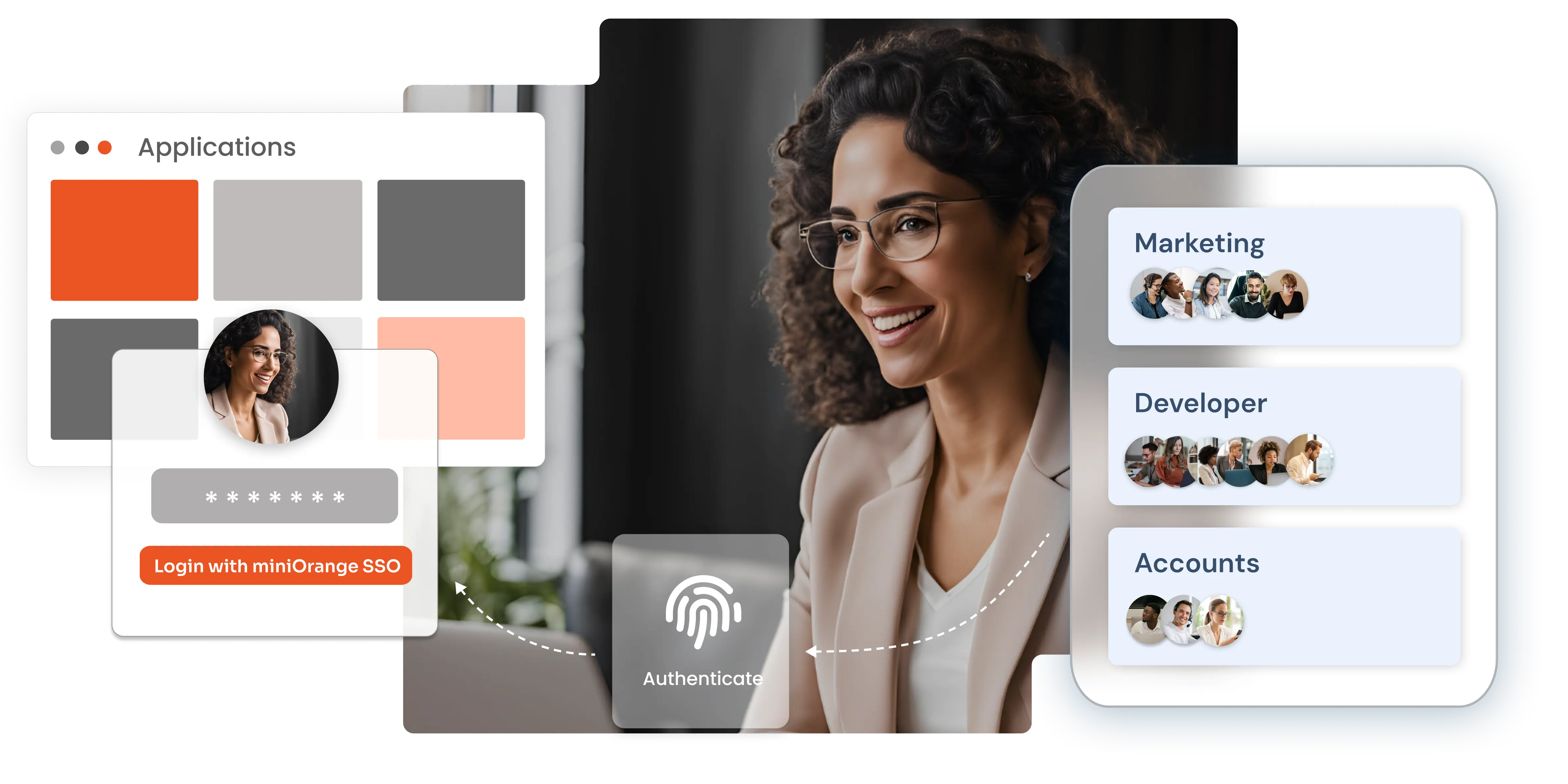
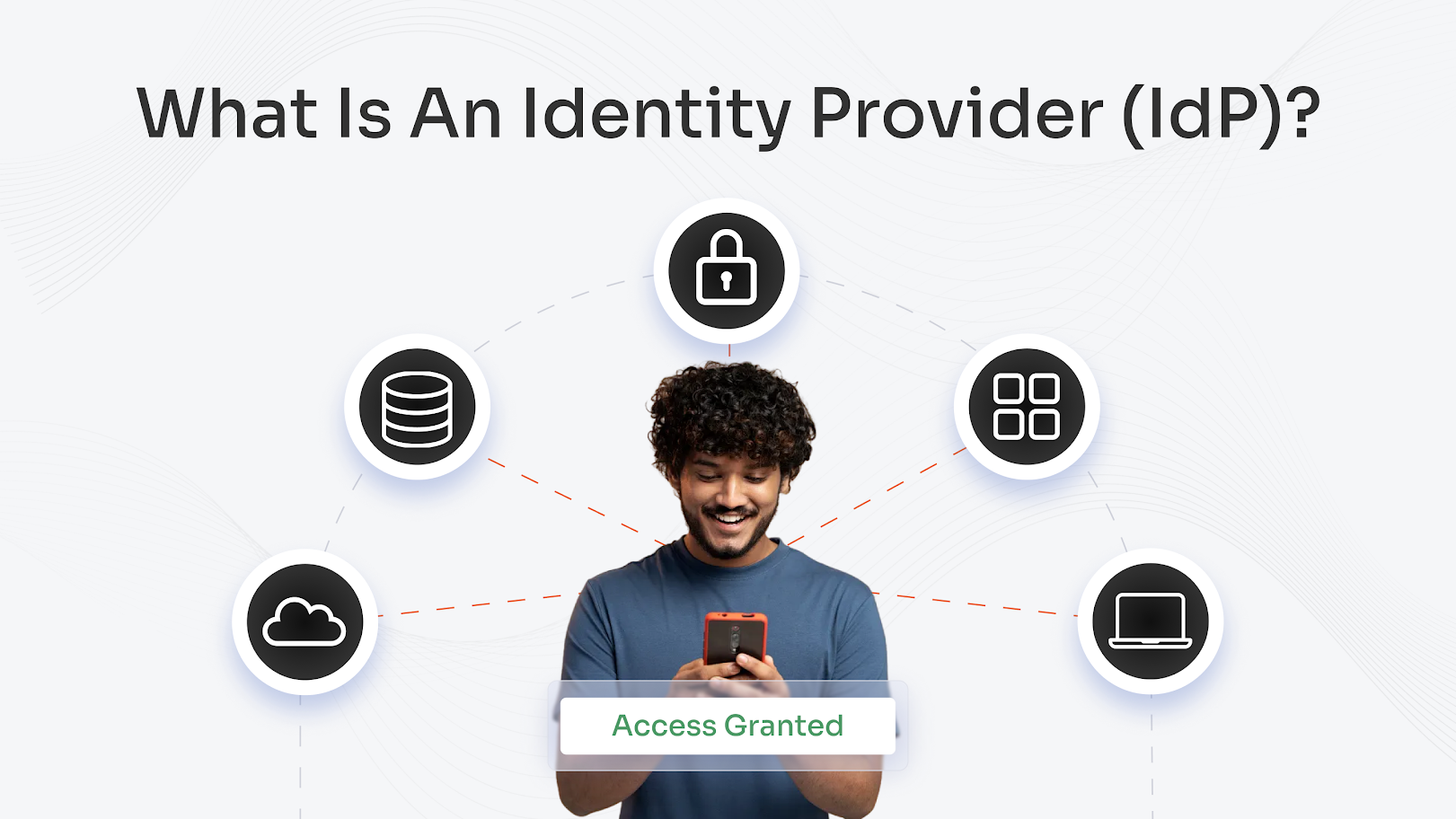
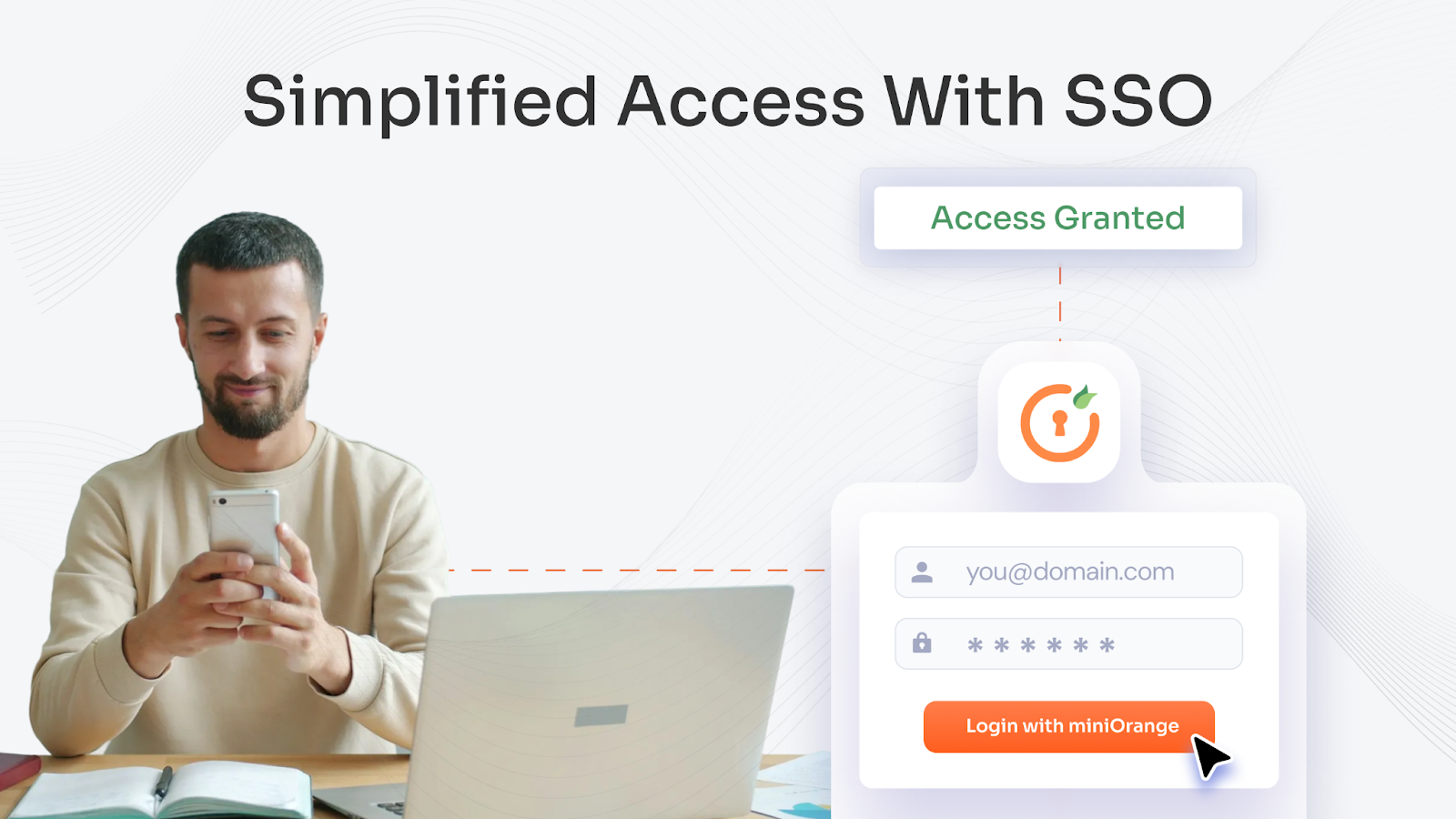

Leave a Comment